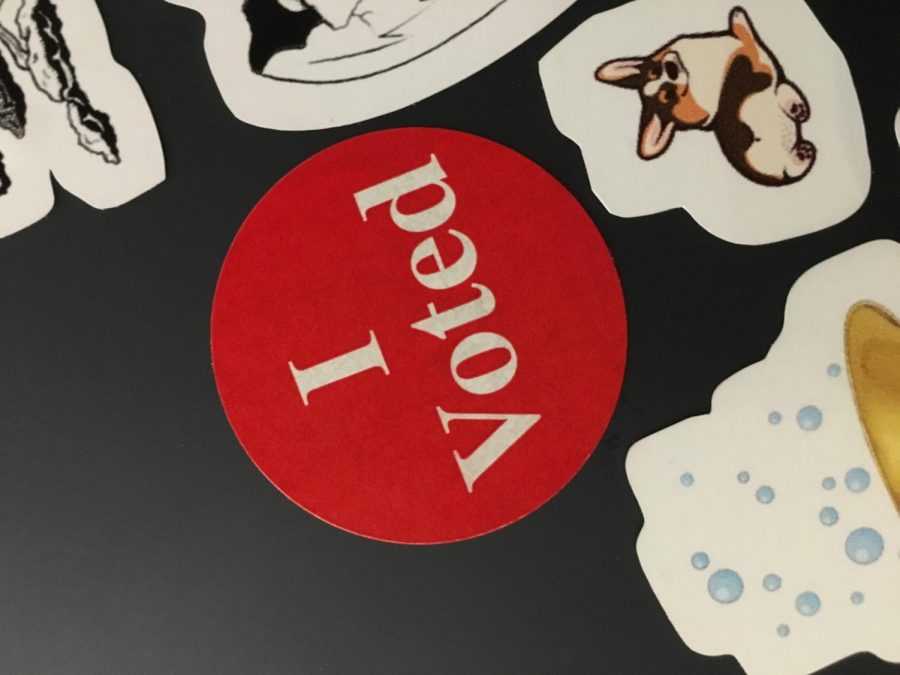The midterms prove that voting matters
Voting in the midterms reaches a record high. But why?
More stories from Ryan Huling
Photo by Can Stock Photo
Almost half of America made it to the polls in 2018 and that’s a success. What’s making that number rise?
As Nov. 6 passes, voting in the midterm elections has finished. While over 30 million people voted early in the midterms, that impressive number is small compared to the United States voting population, which surpasses 235 million. By the end of voting day, it was estimated that 113 million people had voted in the midterms. With a history of low-voter turnout, the United States has been in need of something that encourages voters to get to the polls. Steadily, they may be finding it.
This election, 44% of U.S. companies gave workers paid leave to go vote. That amount is a new record. With a high turnout of almost 49 percent of voters getting to the polls, paid leave might have made a difference. The action of allowing workers paid leave is in good faith. Many people cite being too busy to vote each coming election, because every voting day falls on a Tuesday. Not exactly an open day for most.
People, however, may have more motivation to vote if they feel they get something out of it. It is quite easy for an individual voter to feel small in the nation with the third highest population. The midterms, however, proved the importance of every vote.
Right here in Wisconsin, the battle for governor proved to be a nail biter. Democrat Tony Evers and Republican Incumbent Scott Walker came to be a very close race, even coming within one thousand votes of each other at one time. Evers pulled through victorious, even if only by 32 thousand votes. Whether the difference was made by the charisma of Evers or Wisconsin citizen’s bore of Walker, or both, is up to voters to decide.
Across the country, Texas had its own uprising. Since 1980, Texas has been a predominantly red state. For over 30 years, they have voted Republican in every presidential election by large margins, sometimes with a sometimes with a 15% difference in votes. Since 1993, both Texas Senators have also been Republican. Democrat Beto O’Rourke’s attempt to upheave the tradition, however, made significant progress.
In the 2012 midterms, Republican Congressman Ted Cruz triumphed over his Democratic opponent by almost one million and a half votes. In 2018, the difference between Cruz and O’Rourke was less than a quarter of a million. The tight race resulted in a record breaking 4.9 million early voters. More people wanted to make sure their vote was cast.
Americans will vote on their own accord with different motivation. Some will get it if it will benefit them personally and immediately. Others are motivated by the candidates they support. Slowly, the number of voters getting to the polls is rising.
Huling can be reached at [email protected].











